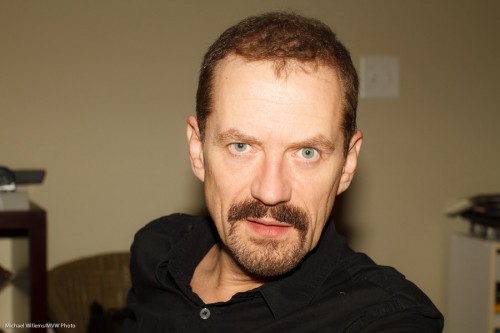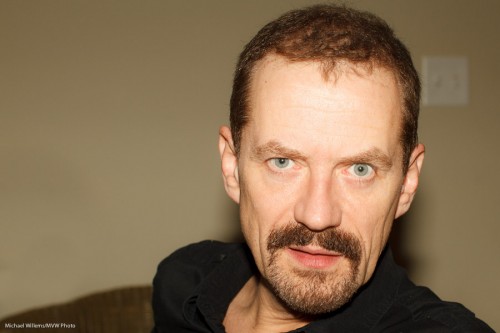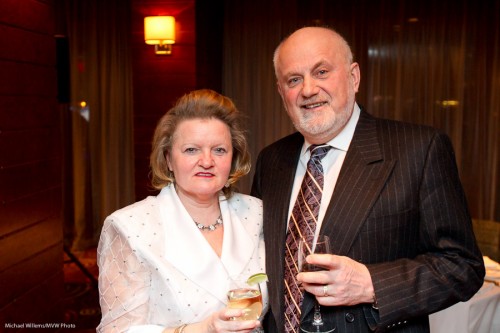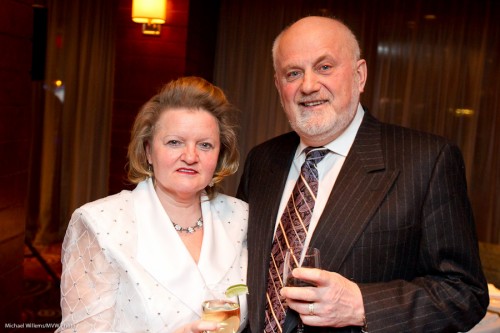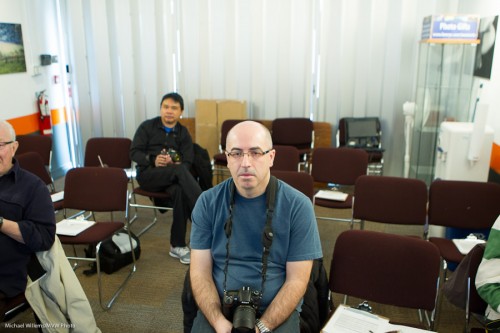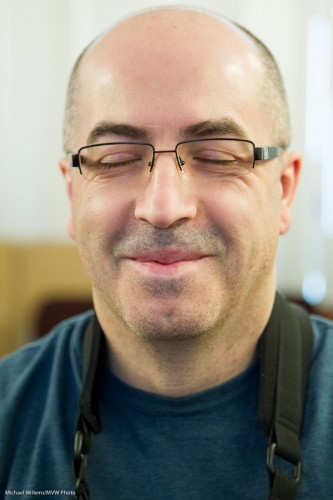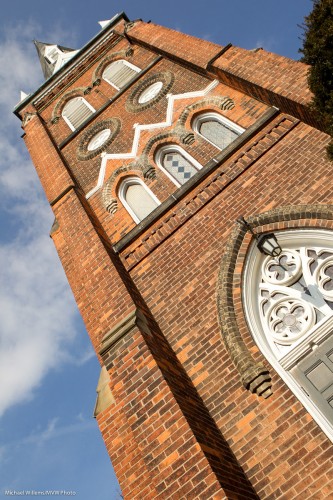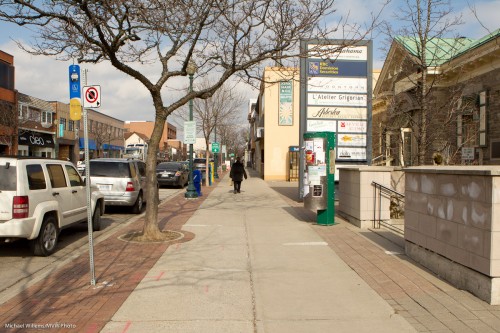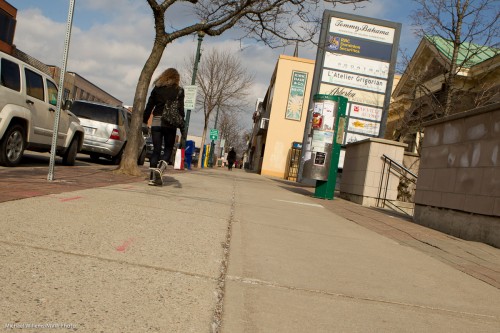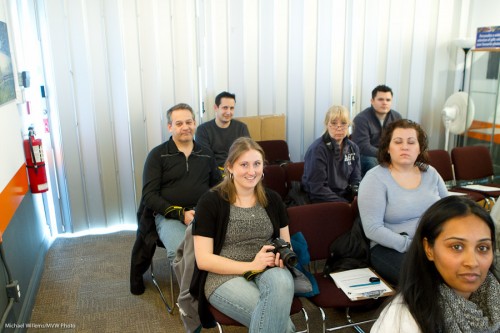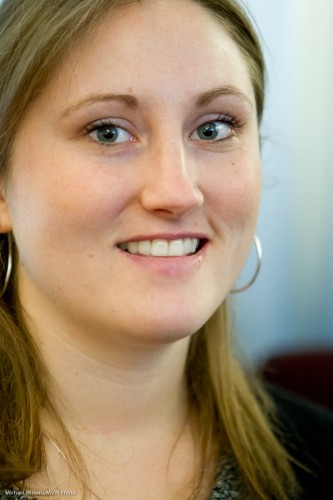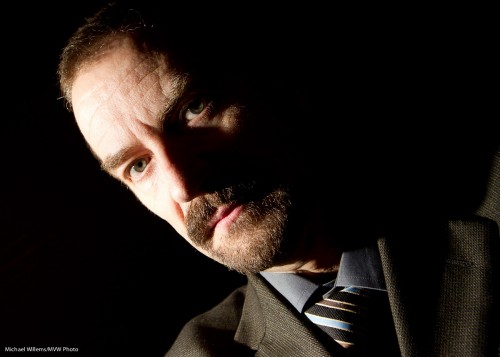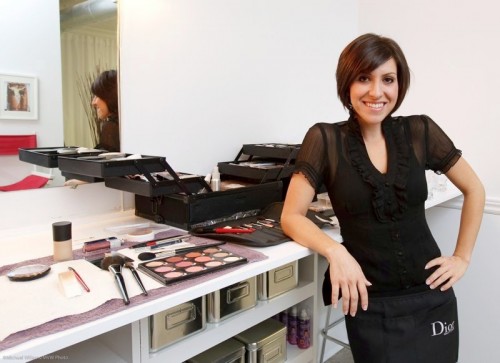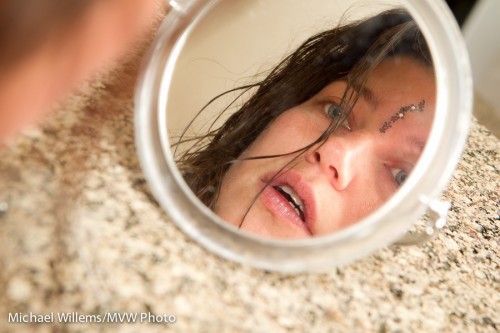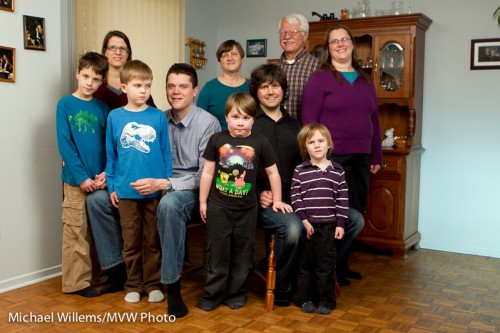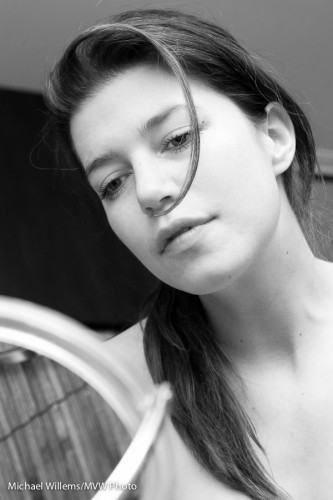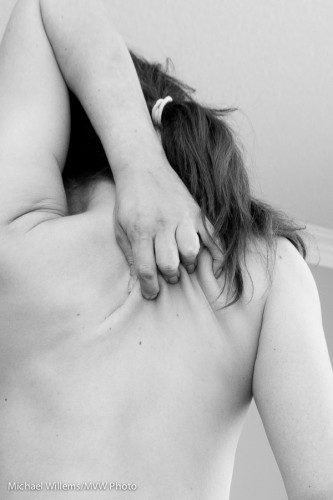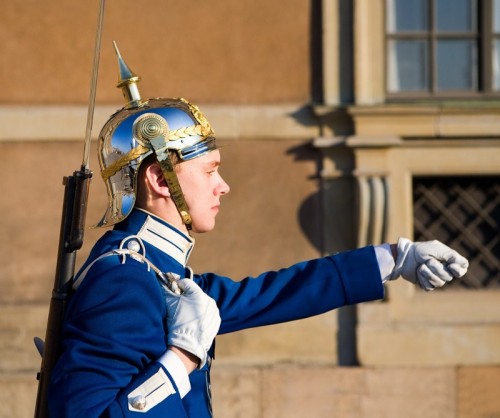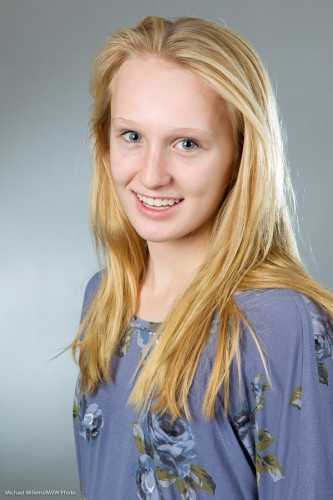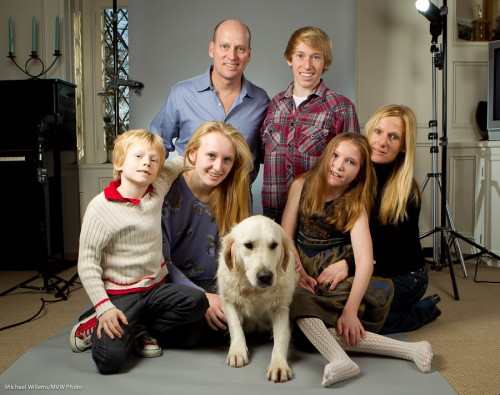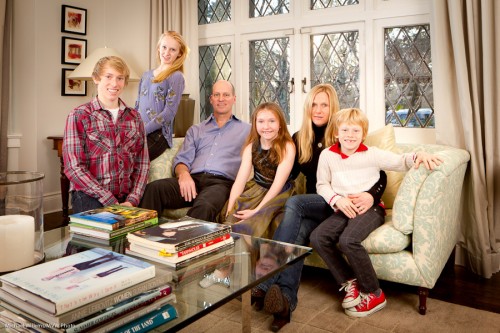Small changes in your images can have big effect. That is why you should compose carefully.
Preferably when shooting, but often enough you can also do this in post-production. You can:
- Crop to remove elements that should not be in the image.
- Crop to achieve symmetry.
- Crop to achieve the rule of thirds.
- Tilt for all the above as well.
- Or change your camera orientation.
- Or zoom in/out. All for the same reasons: to get a good composition.
Take this image, taken by a student:
Yeah I look tired: let’s blame the light (this was deliberately harsh, with direct flash).
But let’s crop to use the Rule of Thirds, and also let’s use a quick healing tool to remove the stuff on the left (done quickly for the purposes of this demo):
If I had had time I would have removed the light switch also, of course. Preferably when shooting, by hiding it behind the person.
Or look at this image before/after:
Wonderful couple, but a slight tilt to the left makes it (and the couple) more even, a better composition:
And finally this Uncle Fred shot:
Which when I turn the camera becomes an Uncle Mike shot:

